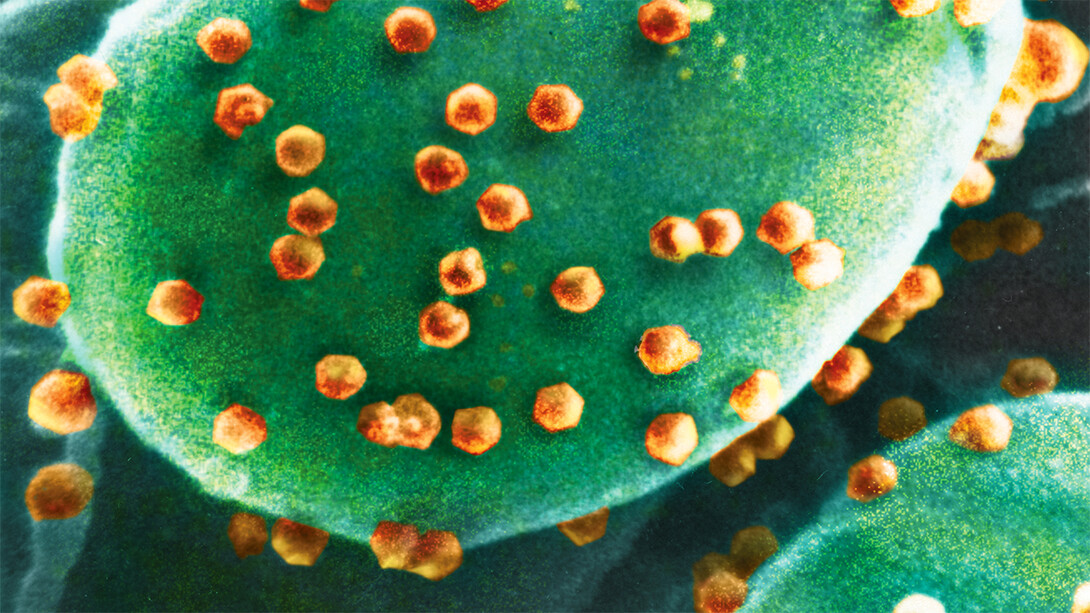
An upcoming workshop at the University of Nebraska–Lincoln will assemble national experts on the viruses that infect microorganisms — including the microbes responsible for more than half of the planet’s oxygen.
Coordinated by the Nebraska Center for Virology and Department of Plant Pathology, the July 29-31 workshop is the second annual gathering of researchers involved in a four-year, $6 million project funded by the National Science Foundation. Those workshops cycle among the four participating institutions: Nebraska, the project-leading University of Delaware, the University of Hawai’i and Roger Williams University.
The project focuses on two major groups of viral targets: microscopic algae that collectively generate huge quantities of oxygen while serving as crucial hors d’oeuvres in aquatic food webs, and soil-dwelling bacteria that supply growth-fueling nitrogen to crops such as soybean.
A Nebraska contingent that includes David Dunigan, research professor of plant pathology, is studying the chloroviruses that infect certain types of green algae living in freshwater around the world. Nebraska’s James Van Etten, William Allington Distinguished Professor Emeritus of Plant Pathology, co-discovered chloroviruses in 1981.
“Chloroviruses have been a focus of research at Nebraska for the past 40 years, since James Van Etten, Russel Meints and colleagues first began to uncover the fundamental nature of these very large viruses,” Dunigan said. “Now the chloroviruses are considered a model system for the rapidly emerging field of giant viruses, and they are central to our understanding of how virus populations change in natural systems, including the highly unusual aquascapes of western Nebraska.”
Researchers from all four universities will share updates on their efforts to understand how microbes evolve resistance to the viruses, determine the biological or ecological effects of certain viral genes, and develop better methods for isolating or characterizing the viruses. The team will also refine research plans for the project’s next two years and train junior researchers on using analytical tools essential to those plans.
“Our world is replete with microorganisms that are, by far, beneficial to our lives, and it is likely that most if not all of these microbes are hosts to a virus,” Dunigan said. “However, very little is known about this biology. We’re very fortunate to work with some of the world’s experts from multiple institutions around the United States.”
The workshop will conclude with a road trip to Cedar Point Biological Station near Ogallala, where members of the team will collect water samples from nearby lakes and engage in other field work. Those lakes, which Dunigan called “unique to the Western Hemisphere,” contain extremely hardy microorganisms that manage to thrive in their caustic, potassium-rich waters.
“We’re excited to share our knowledge of western Nebraska,” he said. “We intend to continue this research with collaborations among Nebraska scientists, as well as those who desire to chase down the giant viruses of the world.”







